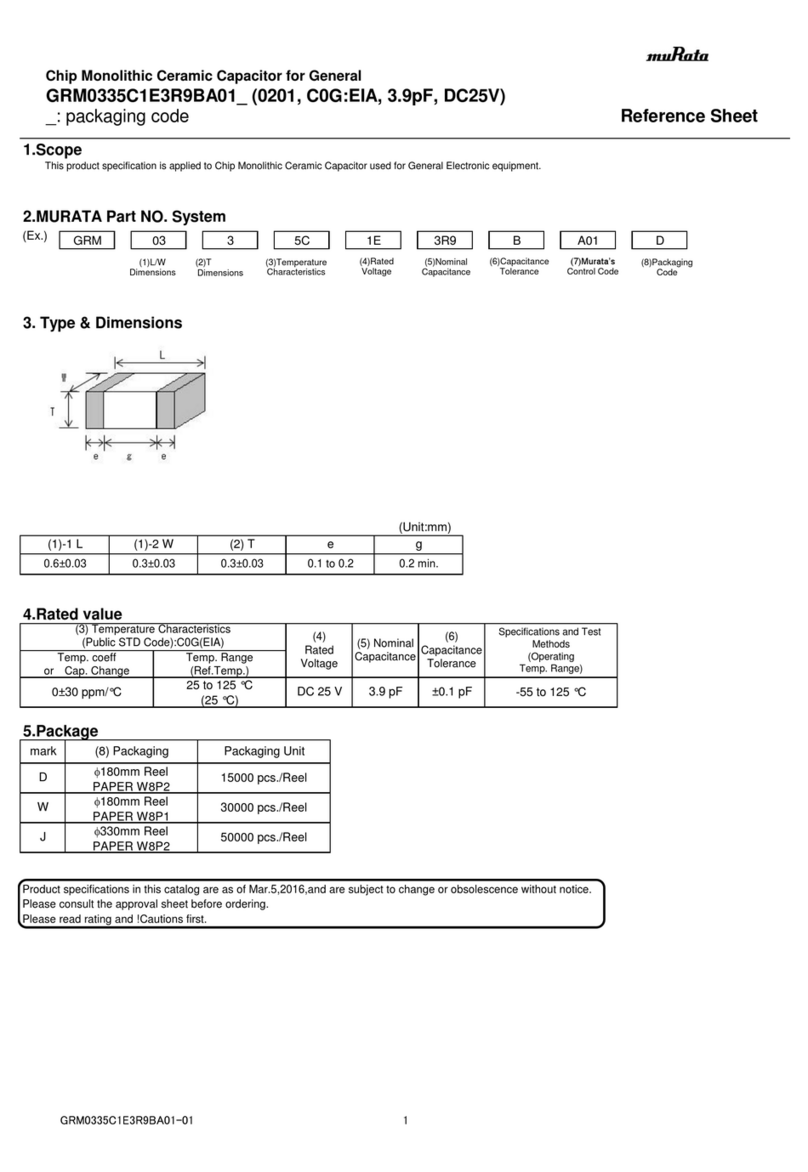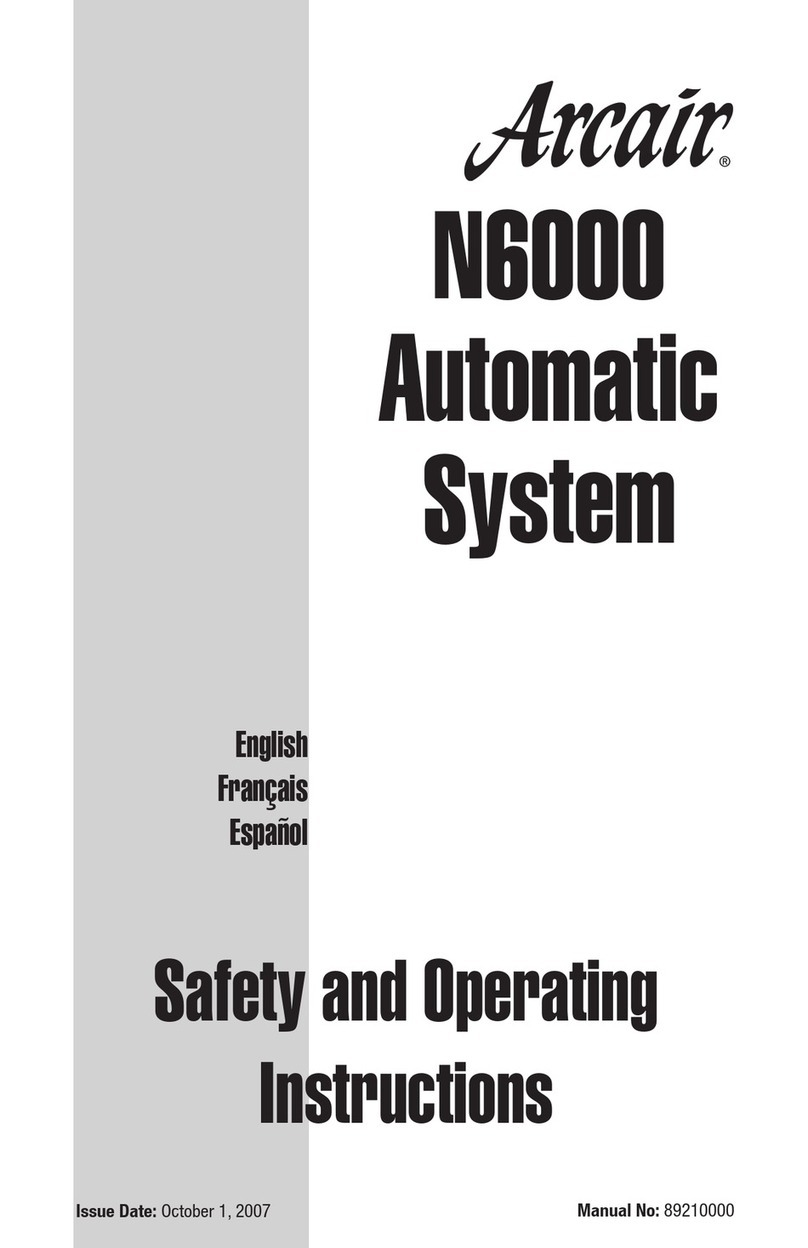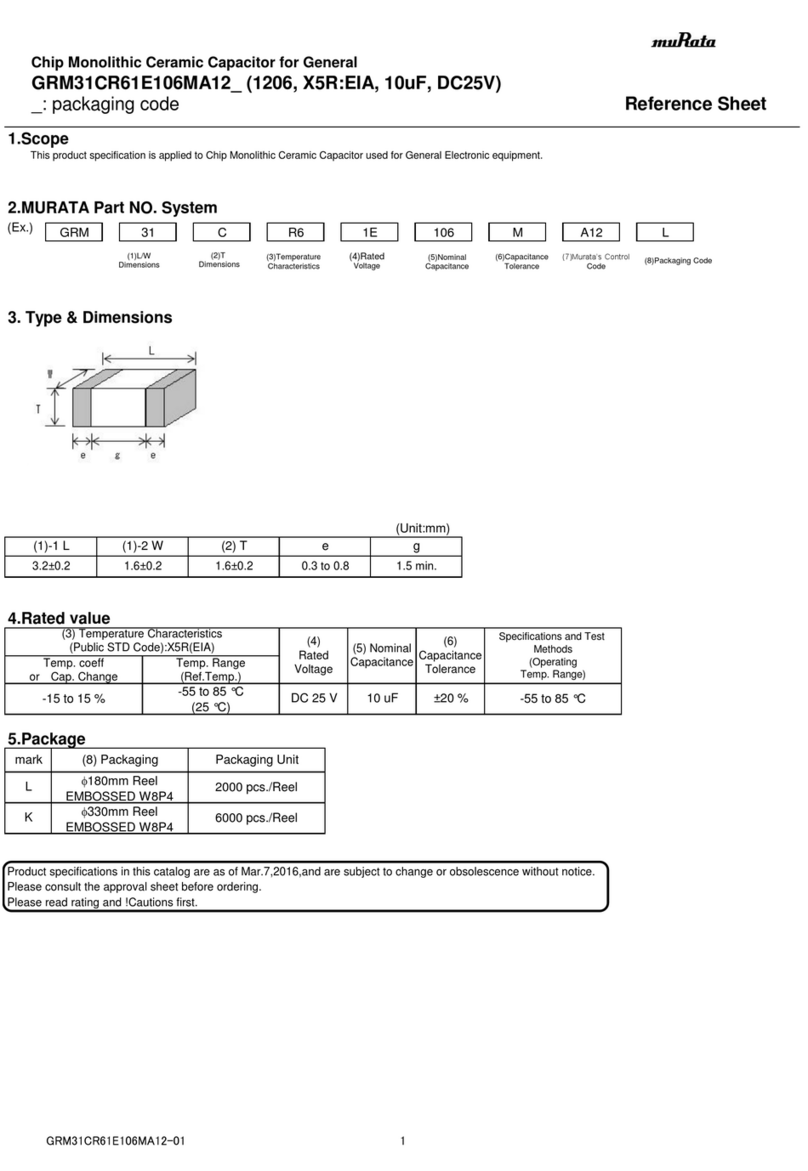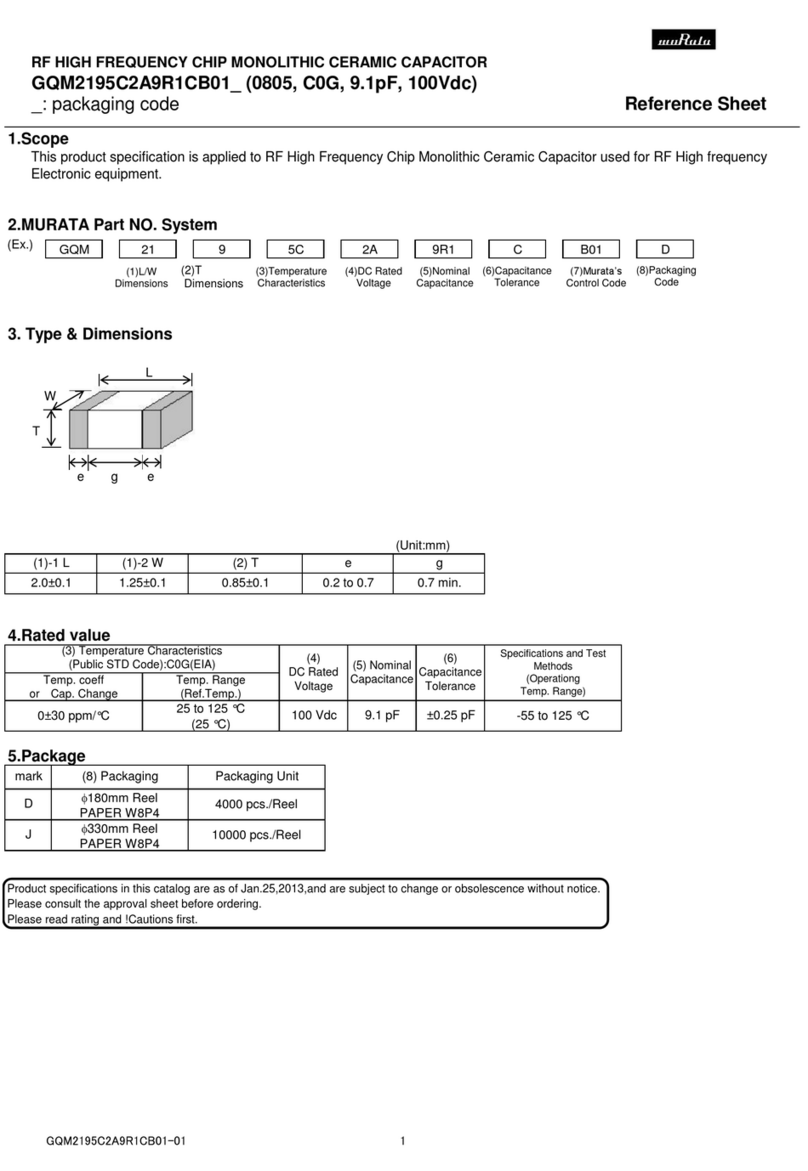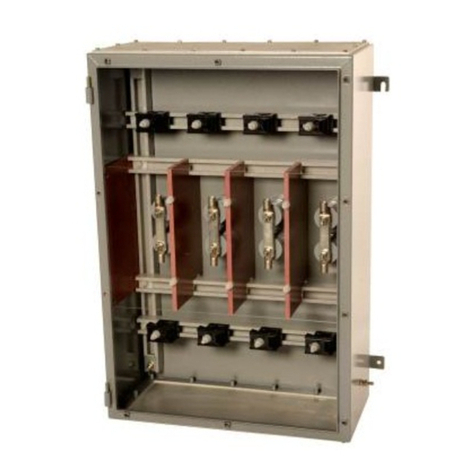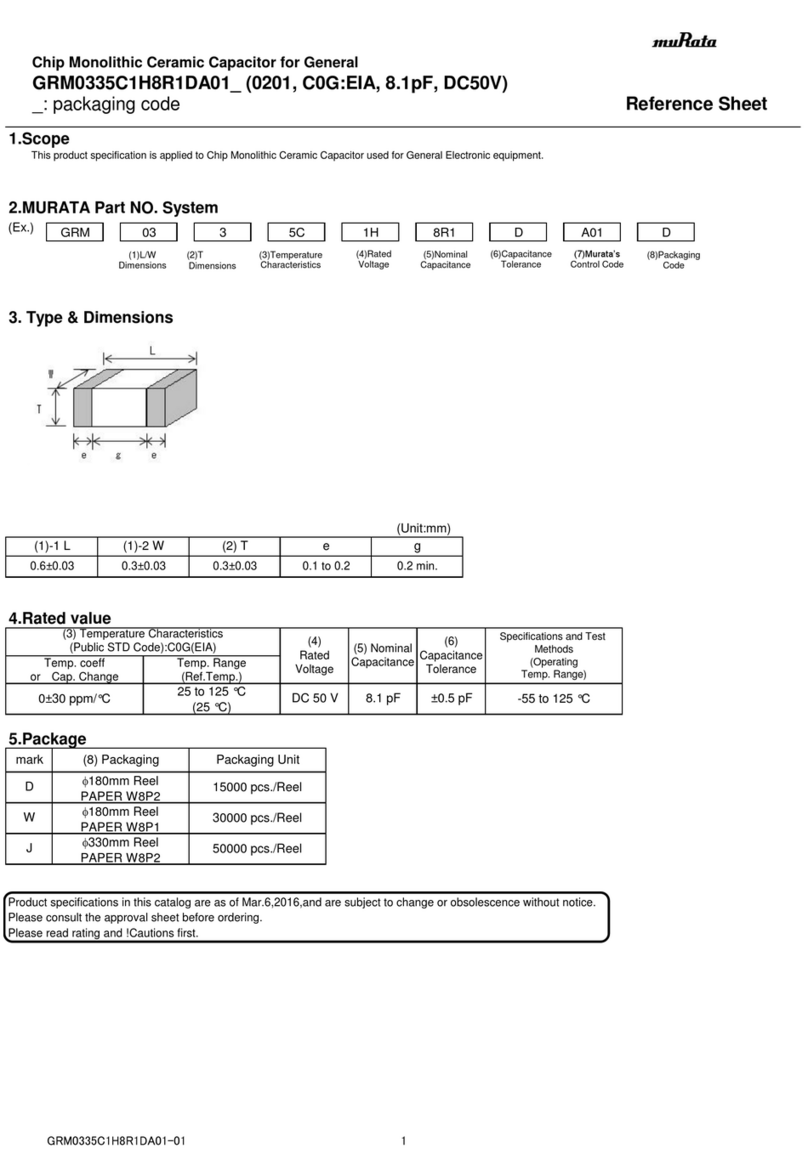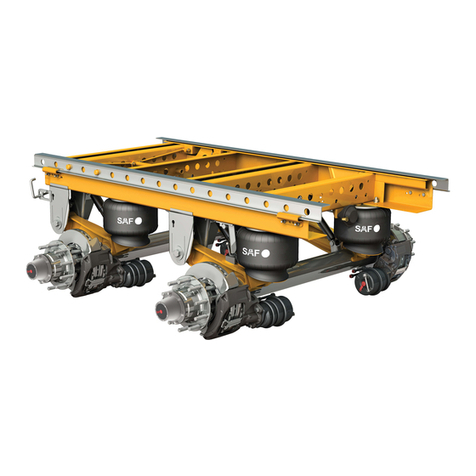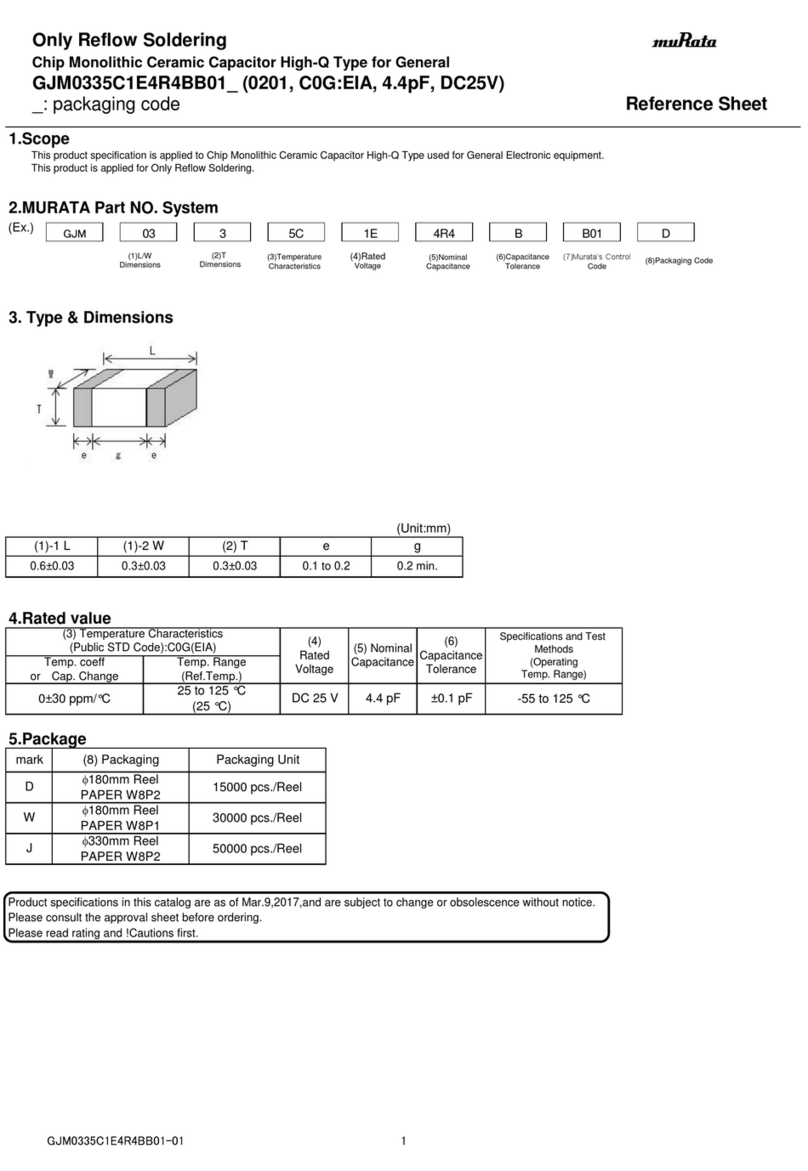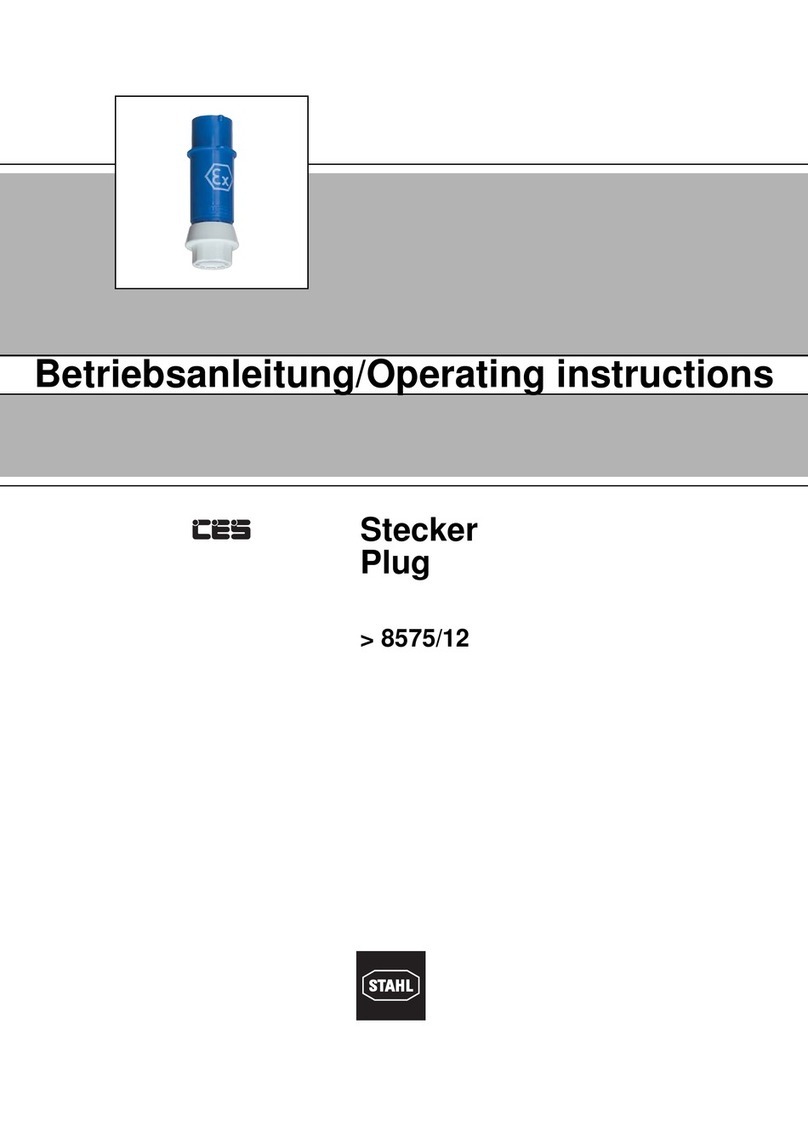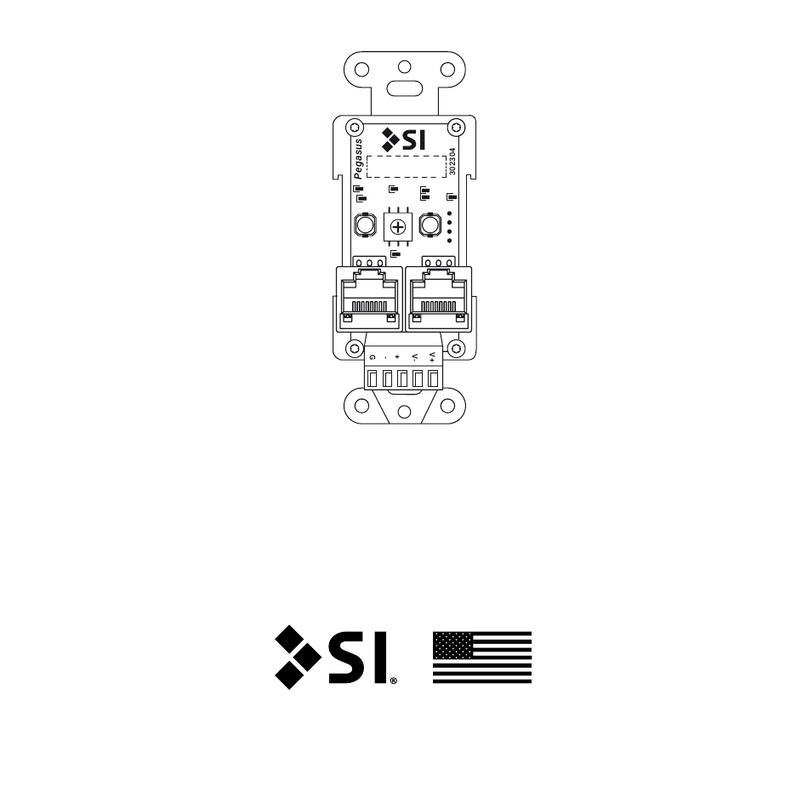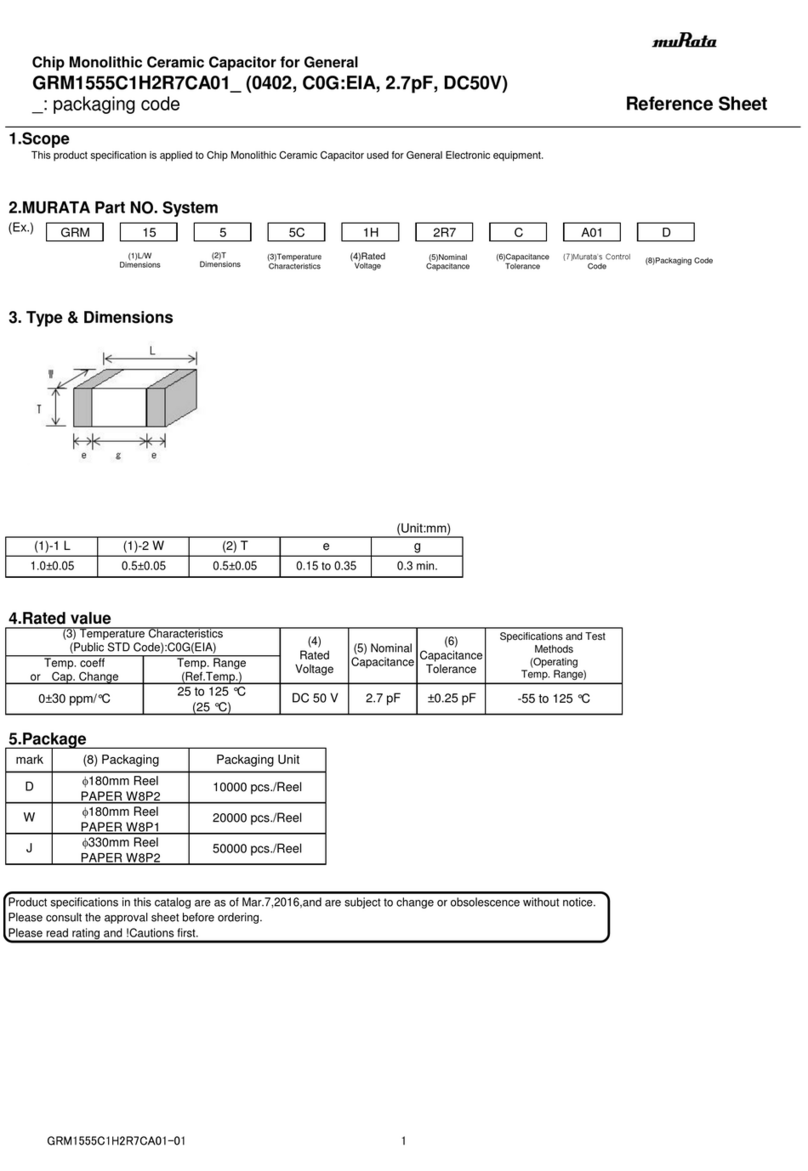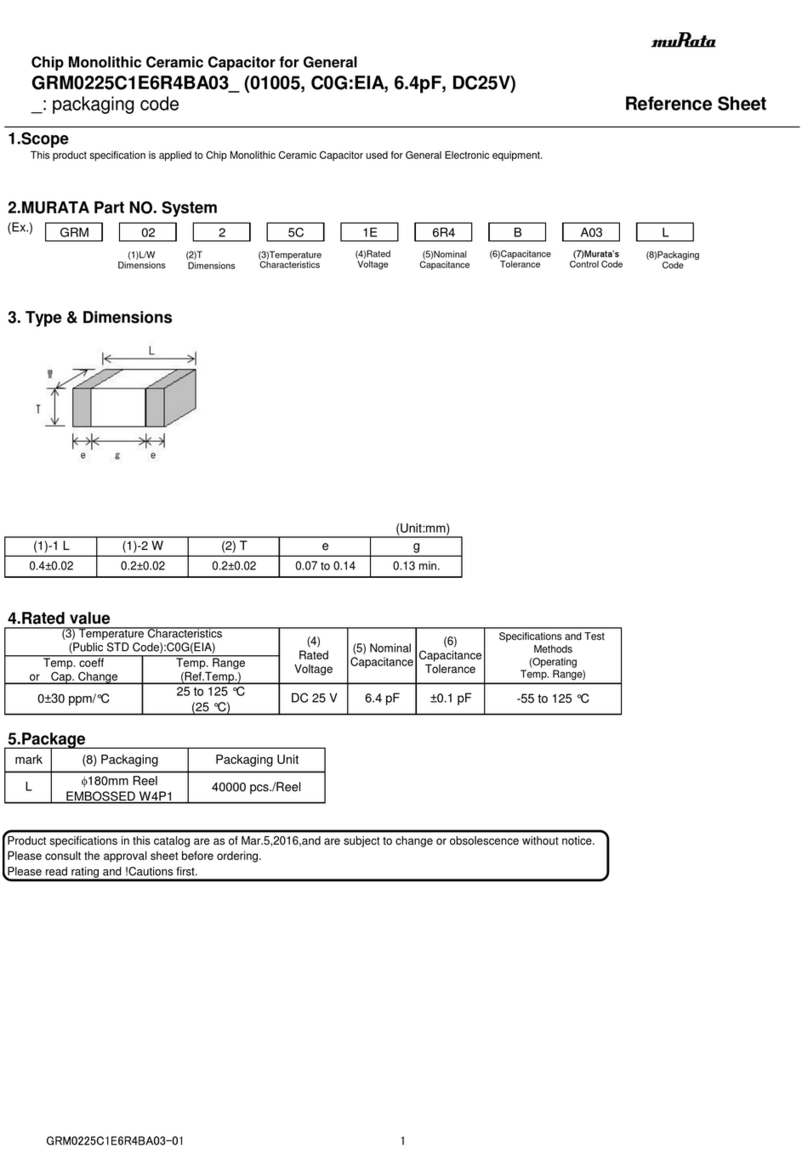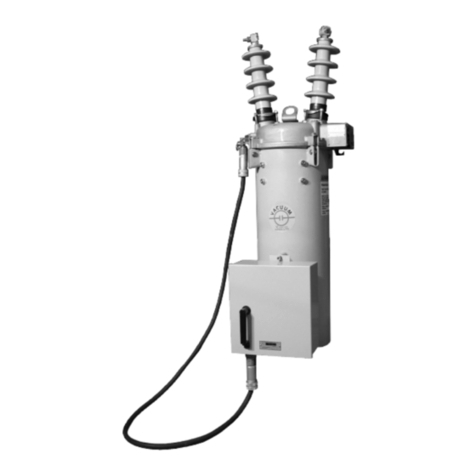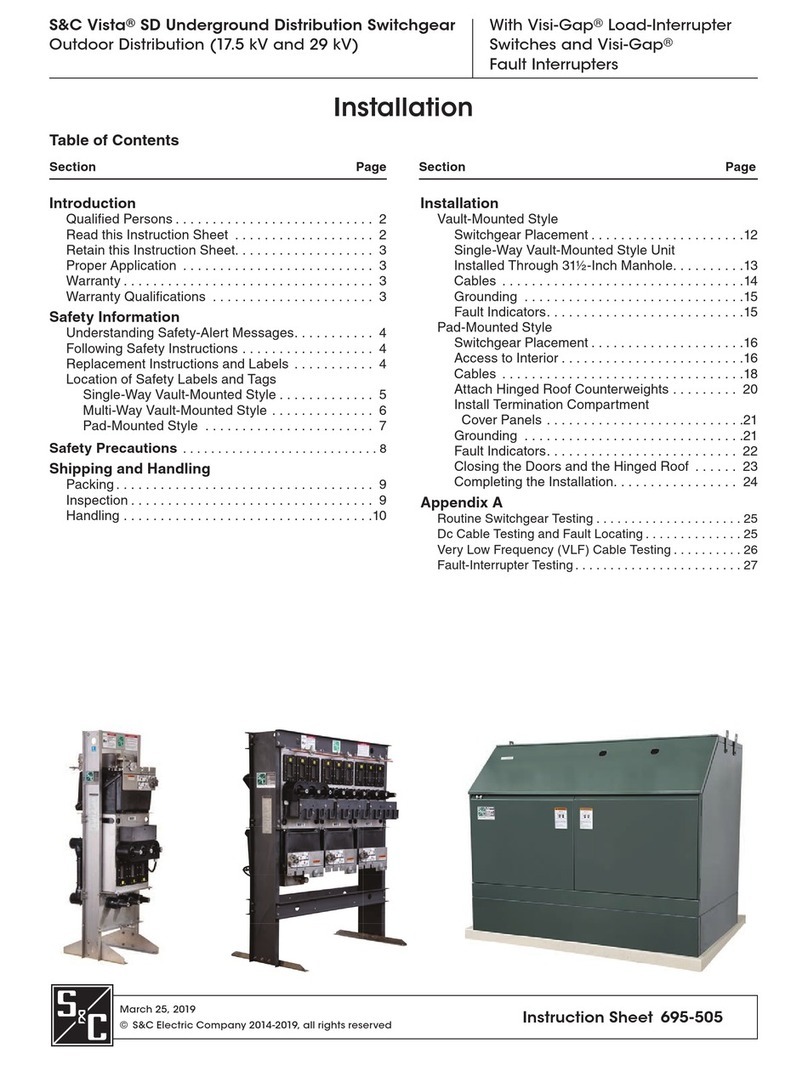
- 5 -
Additional Items Needed, But Not Supplied
Mounting pipe and/or copper or copper clad ground rod, 1/2" to 3/4" OD, 4 ft. long (included clamps
work with ground rods from 1/2 in. to 3/4 in.)
DXE-F6-CTL - 75 ΩF-6 Style, Direct Bury Coaxial Cable: Full Spool or Custom Cable
Assemblies. Flooded coaxial cable is recommended. CATV F-6 is a high quality 75 Ωflooded
coaxial cable. Flooded coaxial cables automatically seal small accidental cuts or lacerations of the
cable jacket. Flooded cables also prevent shield contamination and can be direct-buried. Contact DX
Engineering to have custom lengths of CATV F-6 cable manufactured with DXE-SNS6 - Snap-N-
Seal 75 ΩCoaxial Connectors installed.
DXE-CPT-659 - Coax Cable Stripper for CATV F-6, RG-6 and RG-59 coaxial cable. DX
Engineering’s economical stripping tool prepares CATV F-6 style coax for connectors in one
operation and includes an extra cutting cartridge.
DXE-SNS6-25 - Watertight Coaxial Connector, Snap-N-Seal for CATV F-6 Cable, 25 pieces
The feedline shield is used as the ground return for the active antenna power, so the feedline
connections must be high quality and weather resistant. For this reason, it is recommended using
Snap-N-Seal type F connectors DXE-SNS6-25.
DXE-SNS-CT1 - Compression Tool for Snap-N-Seal 75 ΩCoaxial Connectors. The DXE-
SNS6-25 connectors cannot be installed with normal crimping tools or pliers. An installation tool
such as the DXE-SNS-CT1 is essential for proper connector installation.
UMI-82180 - DX Engineering Approved RTV Sealant. Permatex Black RTV Sealant, Non-
Acetic. Avoid using any corrosive sealant which has a vinegar-like smell.
UMI-81343 - Anti-Seize should be used on stainless steel hardware (small amount on threads) to
prevent galling and to ensure proper torque.
Technical Description
Active Vertical Antennas - DXE-ARAV3-2P
This deluxe receiving antenna system is designed to operate over a very wide bandwidth from the
AM broadcast band to 30 MHz with superior strong signal performance. The Third Order Intercept
(TOI) is approximately +30 dBm, reducing or eliminating spurious signals. Exceptional feedline
decoupling, absent in some other popular designs, greatly reduces feedline conducted noise and
unwanted signal interference.
Each of the DXE-ARAV3 active receive antennas require a well filtered +10 to +15 Vdc @ 50 mA
nominal current. The DXE-NCC-1 Receive Antenna Variable Phasing Unit will supply power for
the two active receive antennas through the coaxial cable. The DXE-NCC-1 Receive Antenna
Variable Phasing Unit will interrupt the power to the active receive antennas for proper grounding
of their receiving whip elements during the transmit operation of the transceiver, or when the
system is turned off. Alternatively, well filtered station power may be used with a 1 amp in-line
fuse.
